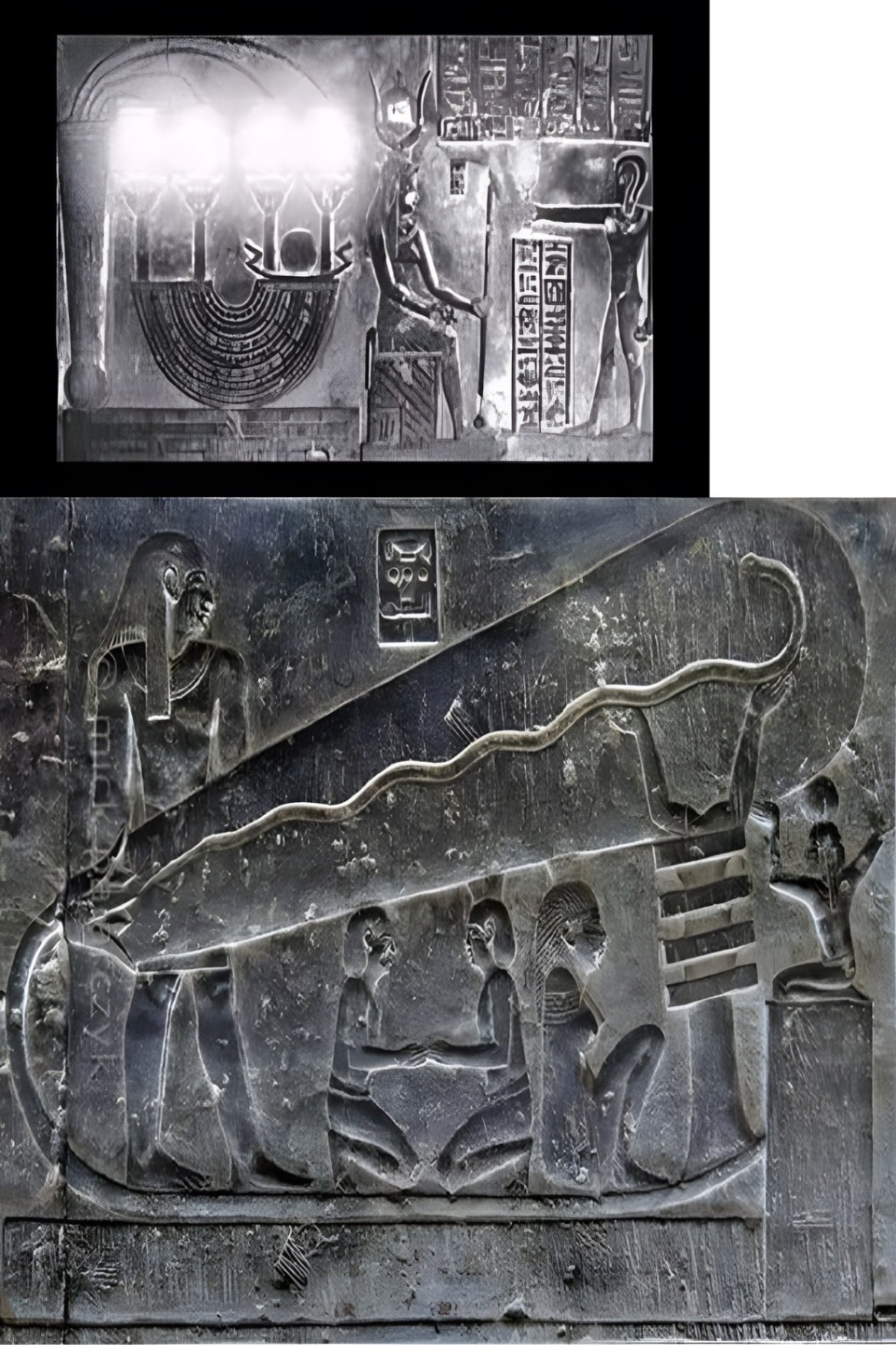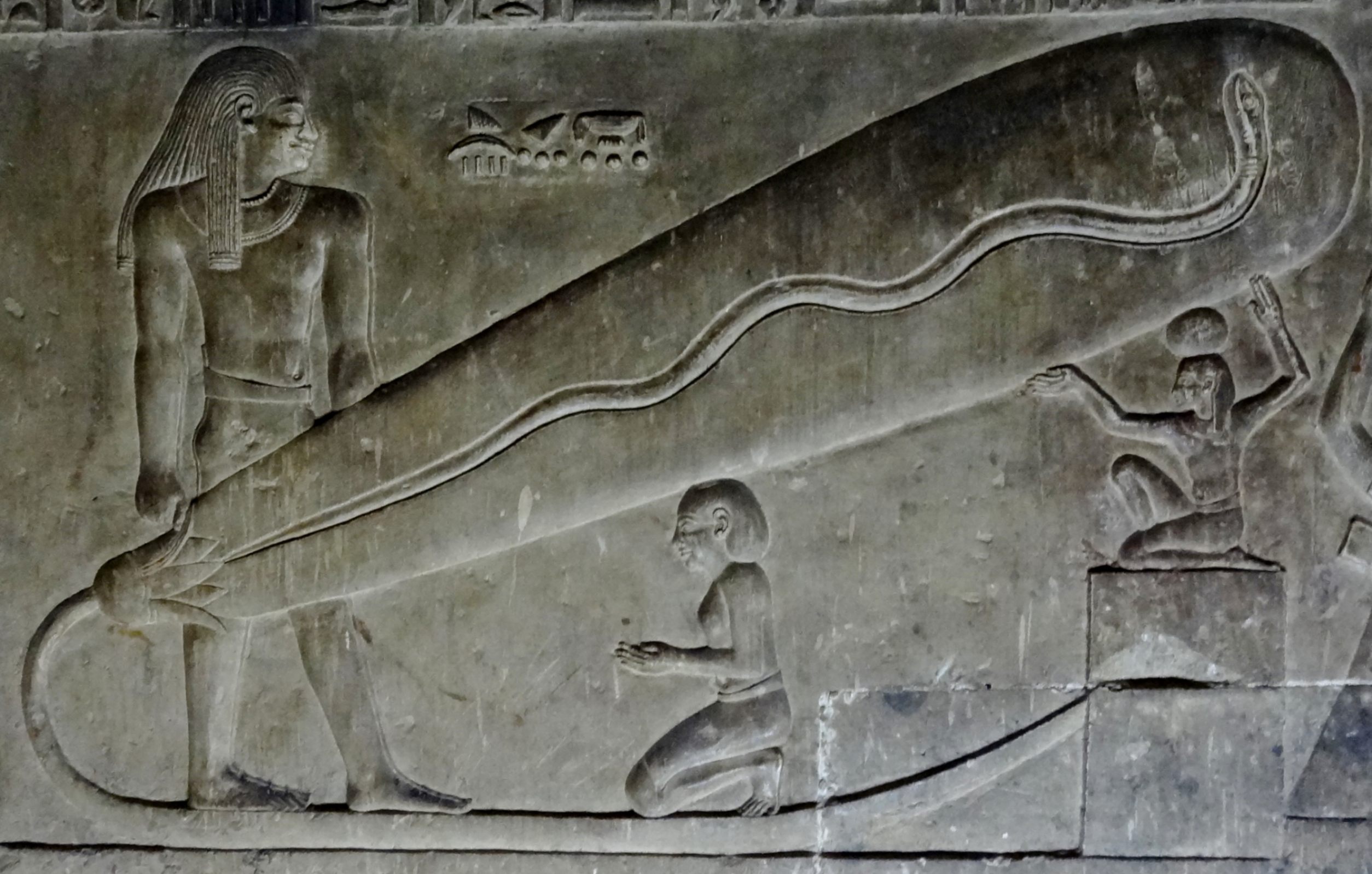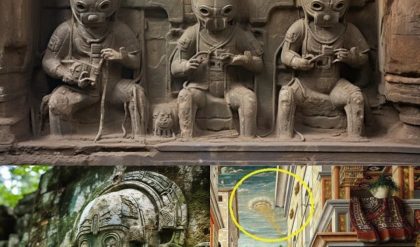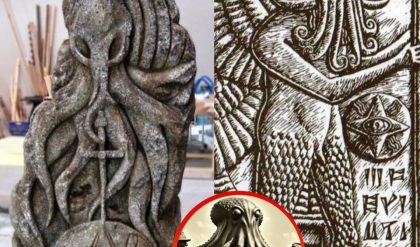The idea that ancient Egyptians used electric light is a topic of considerable debate and speculation among historians and researchers. While there is no concrete evidence to confirm that ancient Egyptians had access to advanced technologies like electric light, some theories and interpretations have been proposed based on various artifacts and texts. Here’s a summary of the main perspectives:

Theories and Interpretations
The “Baghdad Battery” Analogy:
Some proponents of ancient advanced technology theories draw parallels between ancient Egyptian artifacts and the so-called “Baghdad Battery,” an artifact discovered in Mesopotamia that some believe could have been used to generate electricity. They speculate that similar devices might have been used in ancient Egypt, although there is no direct evidence linking such devices to electric light.The Dendera Light Theory:
One of the most discussed theories involves the so-called “Dendera Light” or “Dendera Lamps.” In the Hathor Temple at Dendera, Egypt, there are carvings that some interpret as representations of electric light bulbs. These carvings depict large, bulbous shapes with what appear to be filaments and snakes. However, mainstream scholars argue that these interpretations are speculative and that the carvings are more likely symbolic representations related to Egyptian religious and cosmological beliefs, rather than evidence of actual electrical technology.
Scholarly Consensus:
The prevailing view among historians and archaeologists is that ancient Egyptians did not possess electric light. The technology required to produce electric light, such as a power source and conductive materials, was not available to them. Instead, ancient Egyptians used oil lamps, candles, and torches to illuminate their spaces. These methods were well-suited to their needs and consistent with other evidence from ancient Egyptian artifacts and texts.
Scientific and Historical Evidence
Artifacts and Archaeological Findings: There is no archaeological evidence to suggest that ancient Egyptians had knowledge of or used electric light. Oil lamps and other forms of illumination from ancient Egyptian tombs and temples support the view that traditional lighting methods were employed.
Historical Records: Ancient Egyptian texts and inscriptions do not contain references to electric light. The descriptions of lighting in Egyptian literature and artifacts are consistent with the use of oil lamps and torches.
Technological Feasibility: The development and use of electric light require a complex understanding of electrical principles and the ability to generate and control electrical currents. There is no evidence that such knowledge existed in ancient Egypt.

Conclusion
While the idea of ancient Egyptians using electric light is intriguing and has captured the imagination of many, it remains a speculative hypothesis rather than a supported fact. The current consensus among scholars is that ancient Egyptians relied on conventional lighting methods appropriate to their time and technological capabilities. The exploration of ancient technologies continues to be a fascinating area of research, but the evidence for electric light in ancient Egypt remains elusive.





